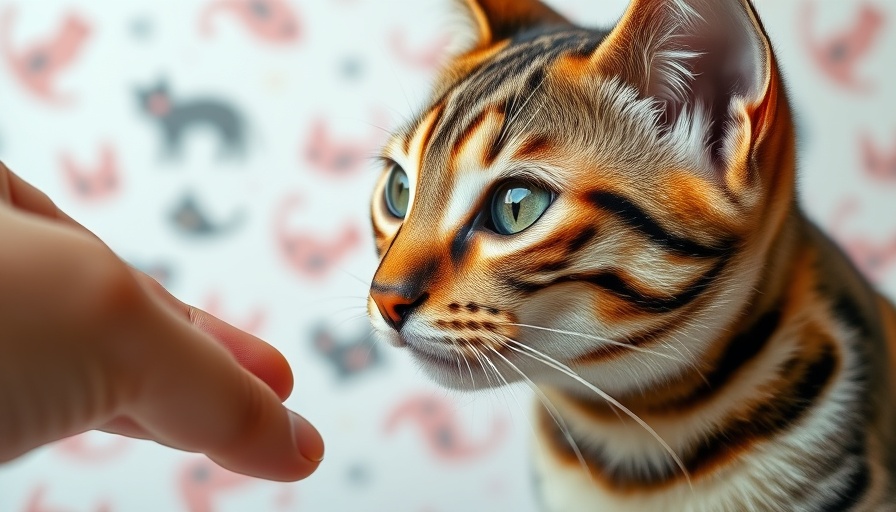
The Refreshing Benefits of Cucumbers for Pets
As temperatures rise, keeping your furry friends hydrated can be challenging. One unexpected hero in this quest is the humble cucumber. With a water composition of 95%, this crunchy vegetable not only provides hydration but also introduces a fresh and delicious treat for dogs and cats alike. Perfect for those hot summer days, cucumber slices can help quench your pet's thirst while providing essential nutrients.
Nutritional Powerhouse: What’s Inside a Cucumber?
Cucumbers are not just all water; they are packed with vital nutrients that can enhance your pet’s overall well-being. These crunchy veggies are rich in vitamins K and C, beta-carotene, and fiber, which can provide various health benefits. Vitamin K supports strong bones, while vitamin C contributes to immune health and aids in wound healing. The fiber found in cucumbers may also assist with digestion, ensuring your pet stays healthy and happy.
Phytonutrients That Protect
Research has shown that cucumbers contain phytonutrients with impressive health benefits. For instance, cucurbitacin has been noted for its anticancer properties, potentially offering your pet some level of protection against various ailments. Additionally, other compounds like vitexin exhibit anti-inflammatory effects, which can help promote a more comfortable and active lifestyle for your pet.
Preparing Cucumbers Safely for Pets
When incorporating cucumbers into your pet's diet, ensure you are providing them safely. Always wash cucumbers thoroughly to remove any pesticides, and consider purchasing organic when possible. It’s essential to slice the cucumbers into manageable pieces to prevent choking. Limit the servings to no more than 10% of your pet's daily caloric intake to maintain a balanced diet.
Refreshing Treats: How to Serve Cucumbers
Cucumbers can be served in various ways. For dogs, slicing them into cubes can make for a fun training reward or snack. For cats, consider serving them whole or in larger slices, as many cats enjoy chewing on fresh produce. You can even freeze cucumber slices for an extra-cool treat on sweltering days!
Common Misconceptions About Feeding Pets Cucumbers
There are some myths surrounding feeding pets vegetables. Many pet owners worry that cucumbers could upset their pets' stomachs. However, most pets can digest cubed cucumbers without any issues. That being said, always introduce new foods gradually, watching for any potential allergic reactions or digestive distress. Consult your vet if uncertain about adding cucumbers or any new foods to your pet's diet.
Final Thoughts: Keeping Pets Hydrated in Summer
As pet owners become more aware of nutrition, cucumbers stand out as a healthy, refreshing option for dogs and cats during summer. They offer hydration and nutrients that contribute to overall health and well-being. With easy preparation and serving options, cucumbers can be a delightful addition to your pet’s diet and a fun way to keep them cool during those hot days.
So next time you’re slicing up cucumbers for your salad, remember to save a few pieces for your beloved pet—they just might find a new favorite treat!
 Add Row
Add Row  Add
Add 




Write A Comment